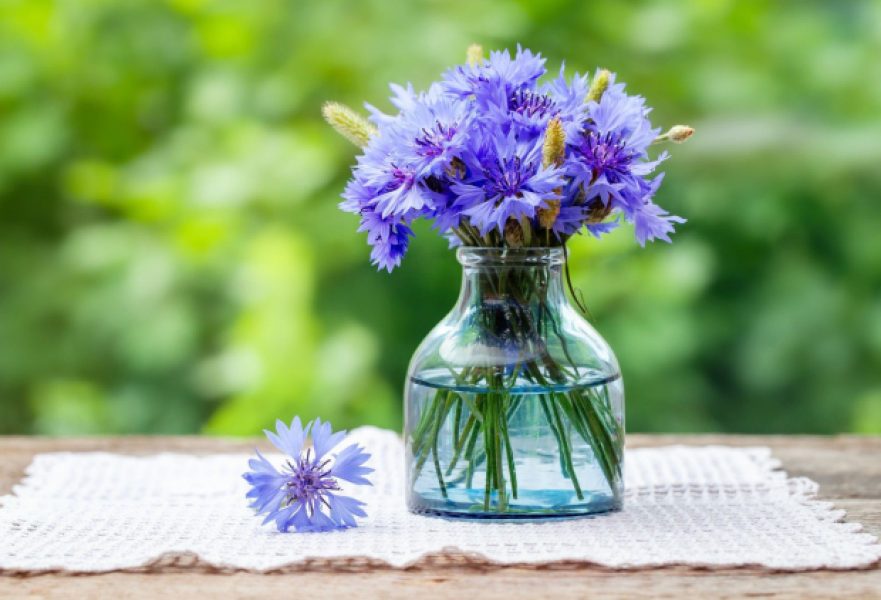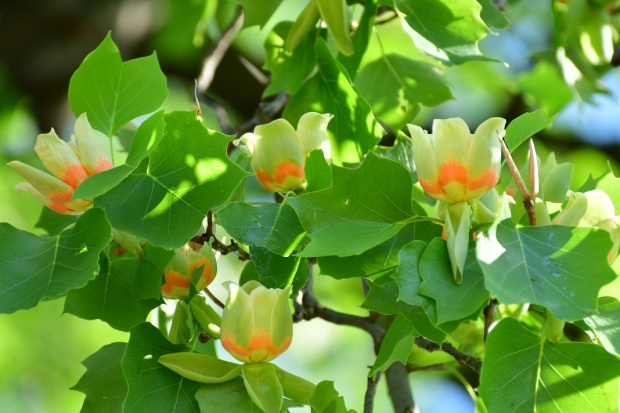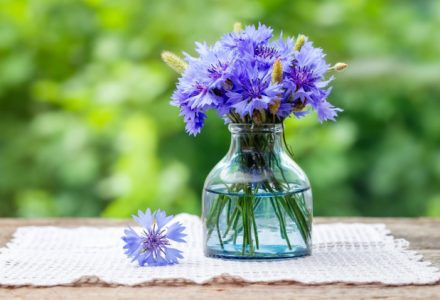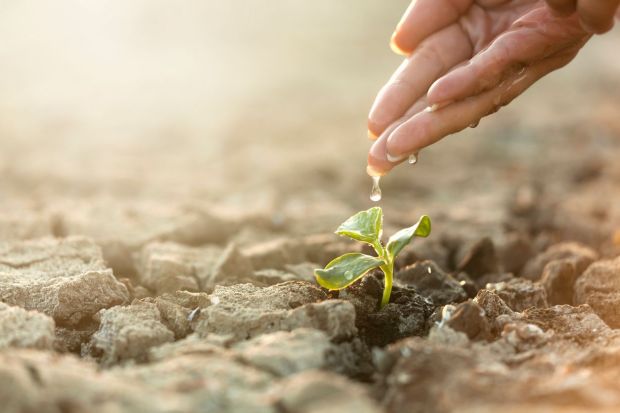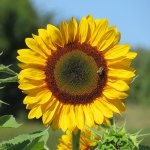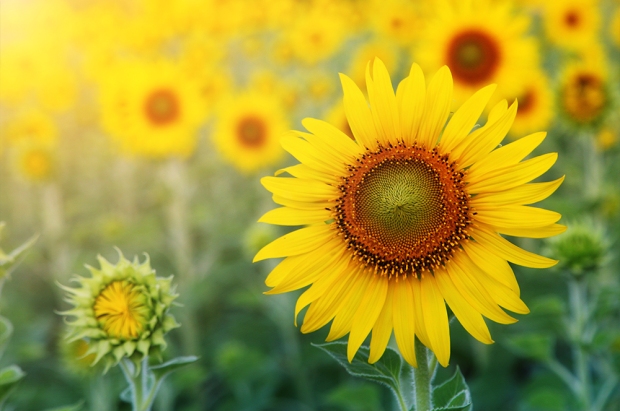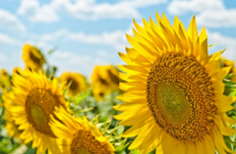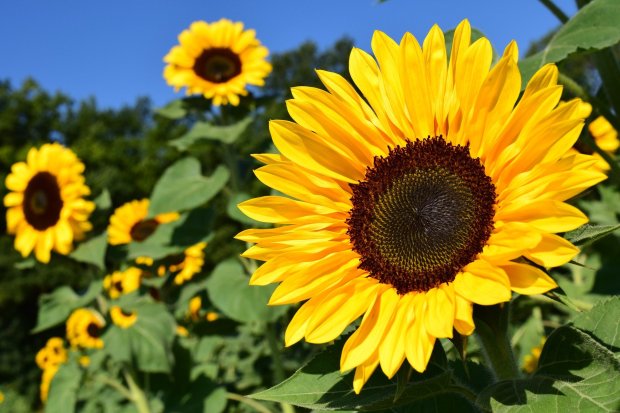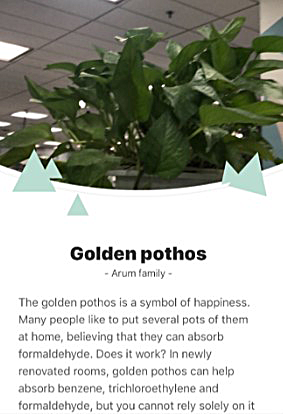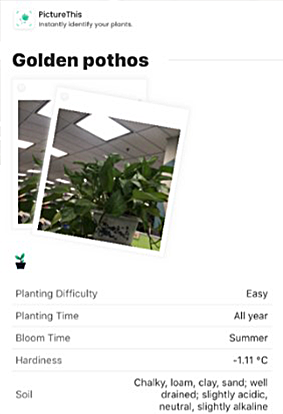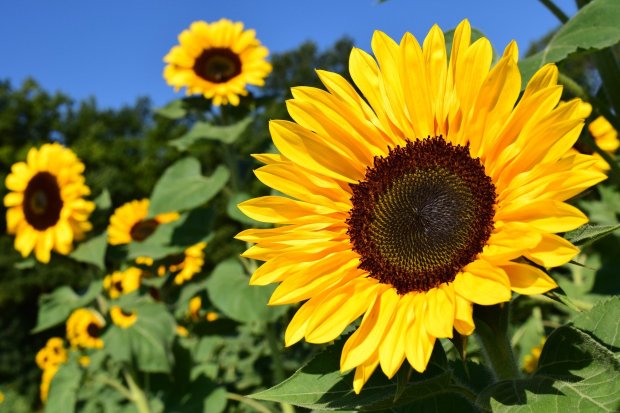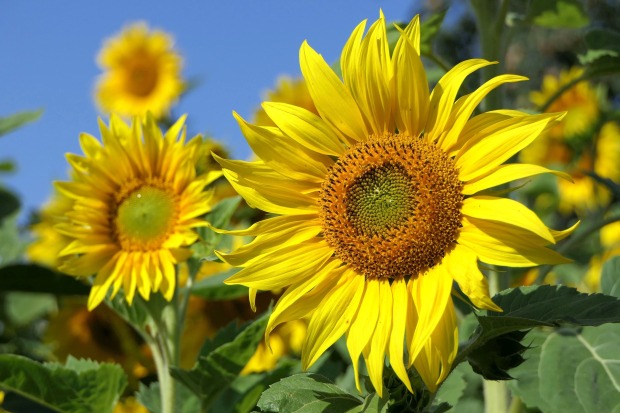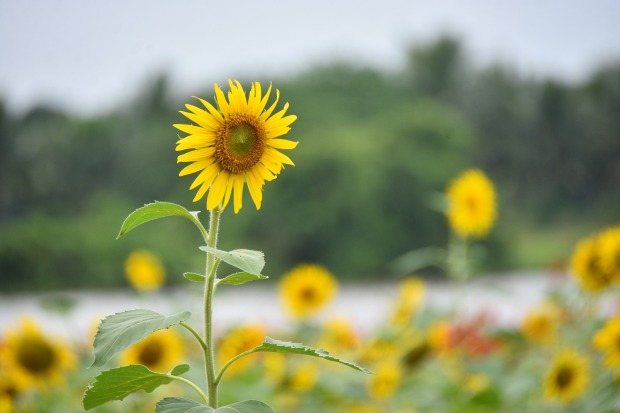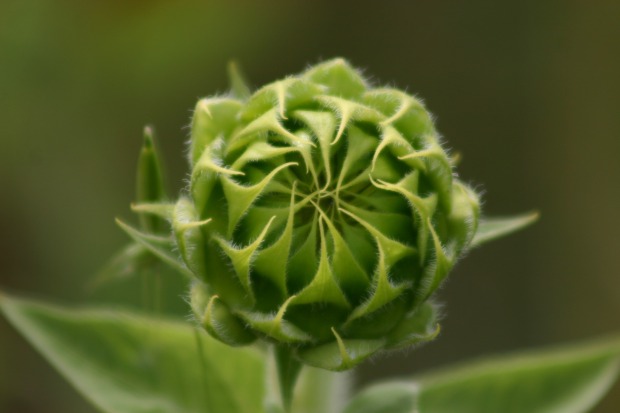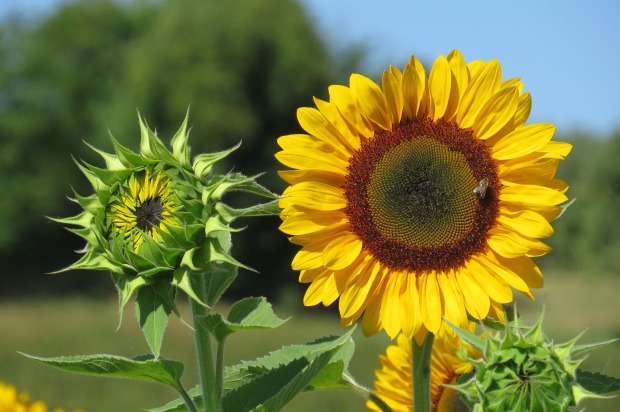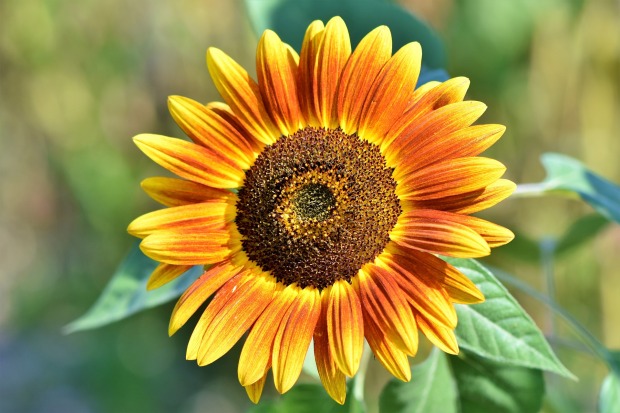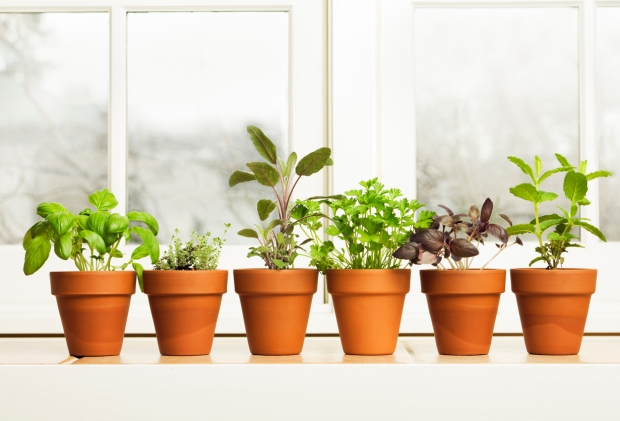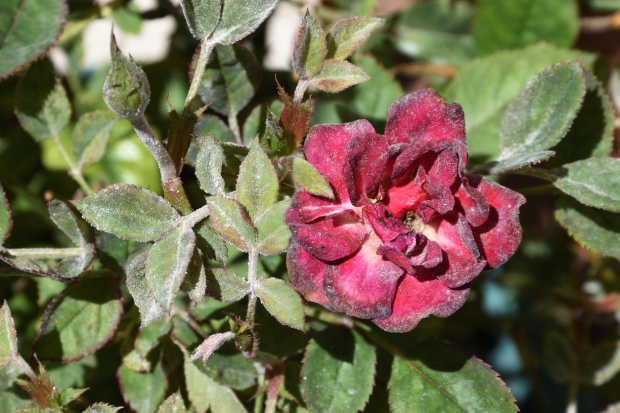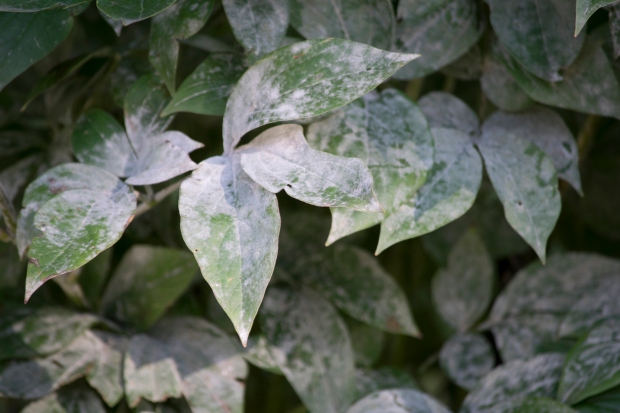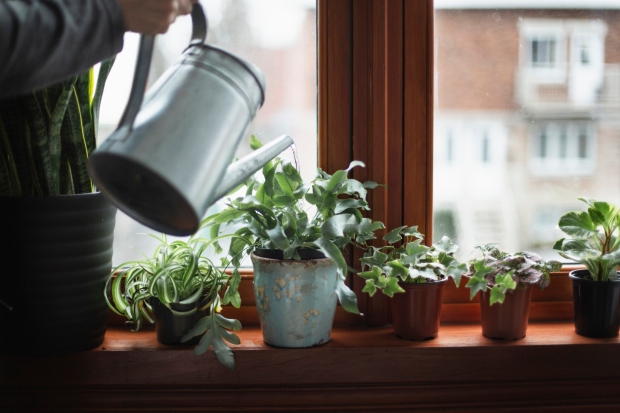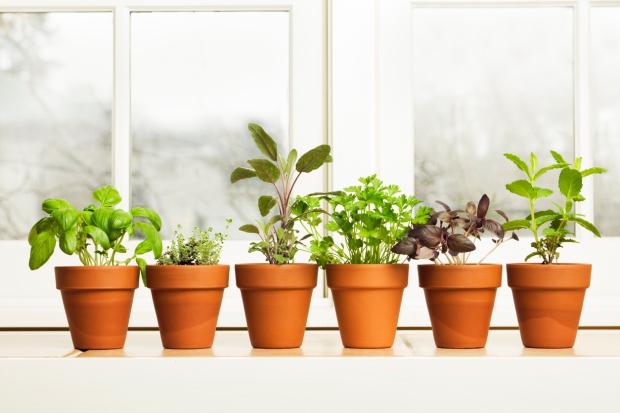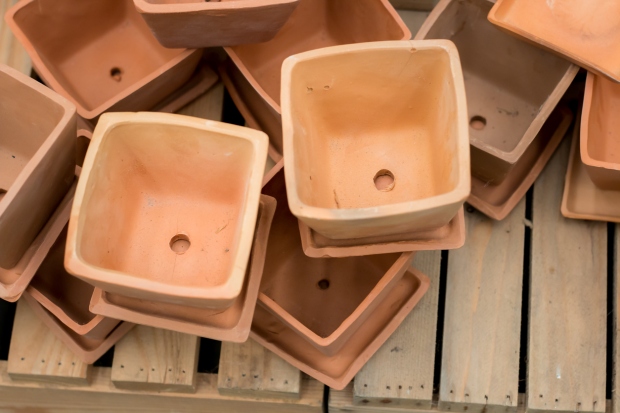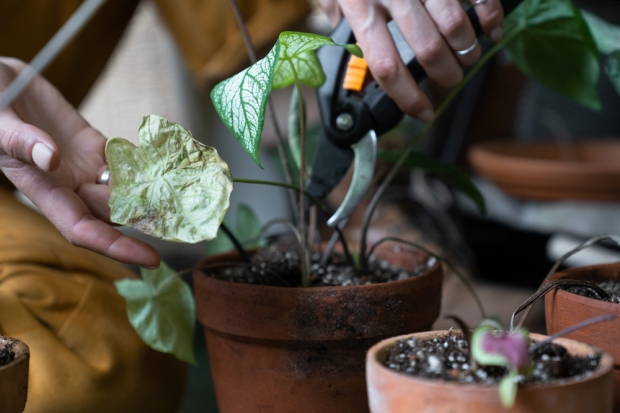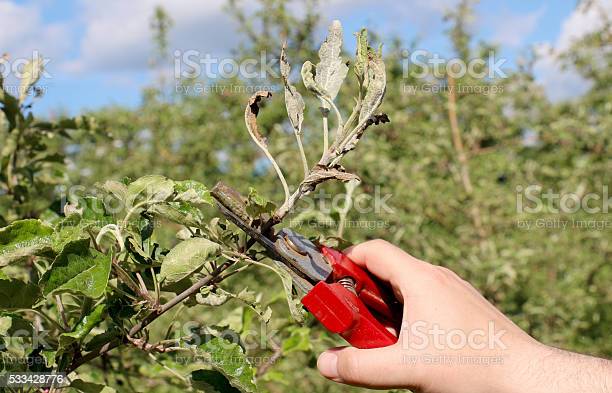Title
Paste as plain text
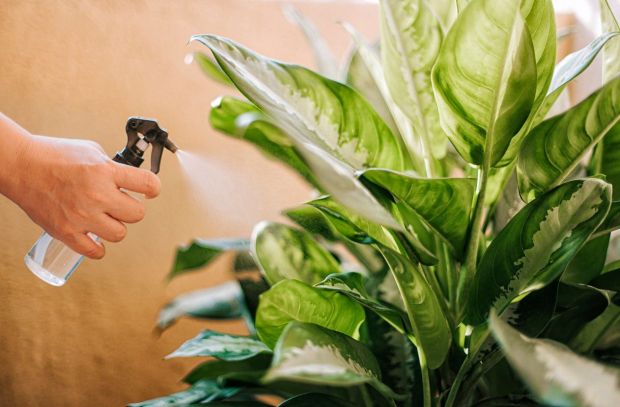
Paste as plain text
Paste as plain text

Level 1 heading
Paste as plain text
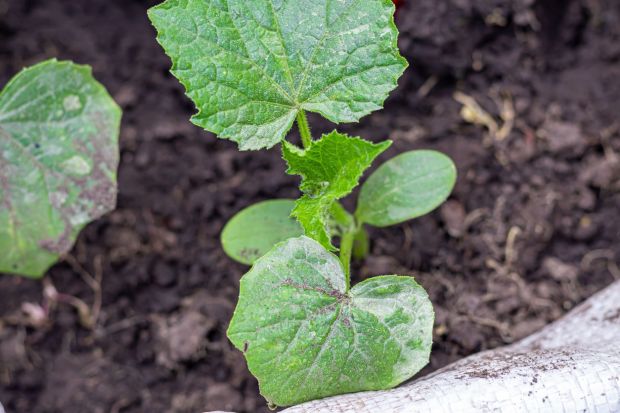
Paste as plain text
Paste as plain text

Level 1 Heading
Paste as plain text

Paste as plain text
Paste as plain text

Level 1 Heading
Paste as plain text

Paste as plain text
Paste as plain text

Level 1 Heading
Paste as plain text

Paste as plain text
Paste as plain text

Level 1 Heading
Paste as plain text

Paste as plain text
Paste as plain text

Level 1 Heading
Paste as plain text

Paste as plain text
Paste as plain text

Level 1 Heading
Paste as plain text

Paste as plain text
Paste as plain text

Paste as plain text
Paste as plain text
Paste as plain text
Paste as plain text
Paste as plain text
Paste as plain text
Paste as plain text
Paste as plain text
Paste as plain text
Paste as plain text
To Copy and Paste
To Copy and Paste
Level 2 Small Heading

Gray illustration-Gray illustration
- Text
- Text
- Text
———TWO kinds of LIST———
- Text
- Text
- Text
- Text
- Text
- Text
- Text
- Text
- Text
- Text
- Text
- Text
- Text
- Text
- Text
- Text
- Text
- Text
- Text
- Text

